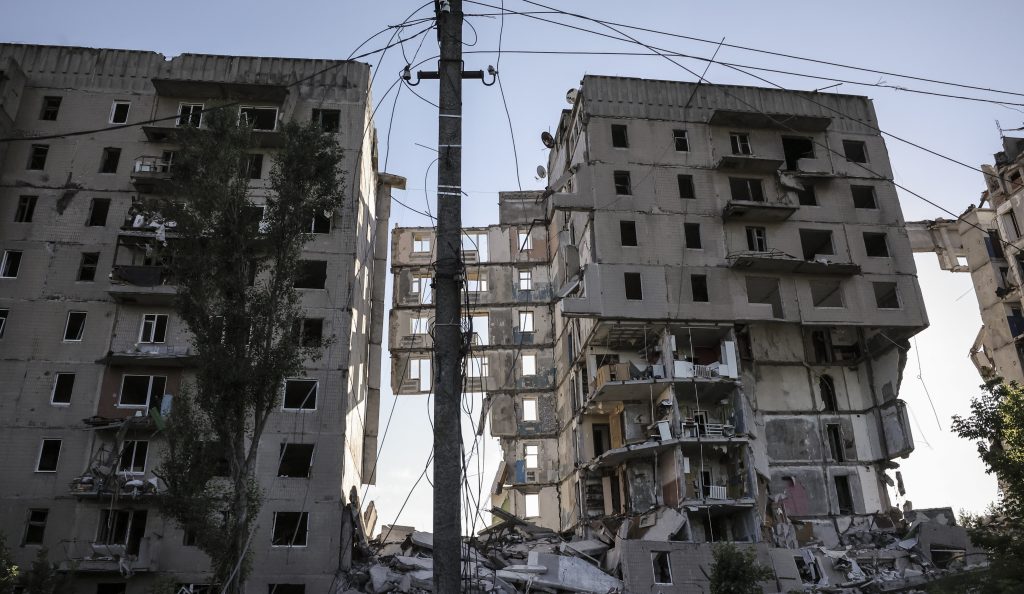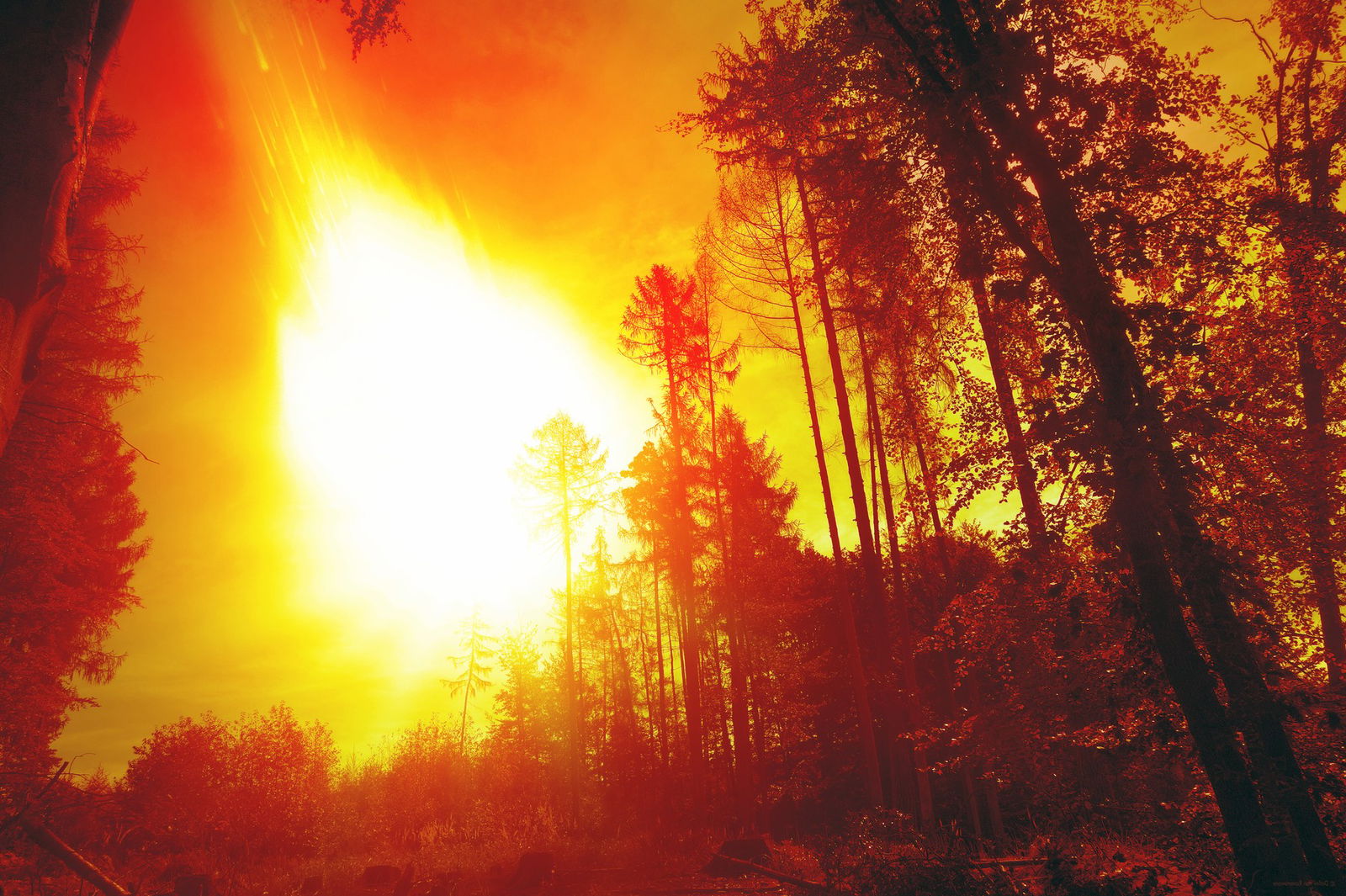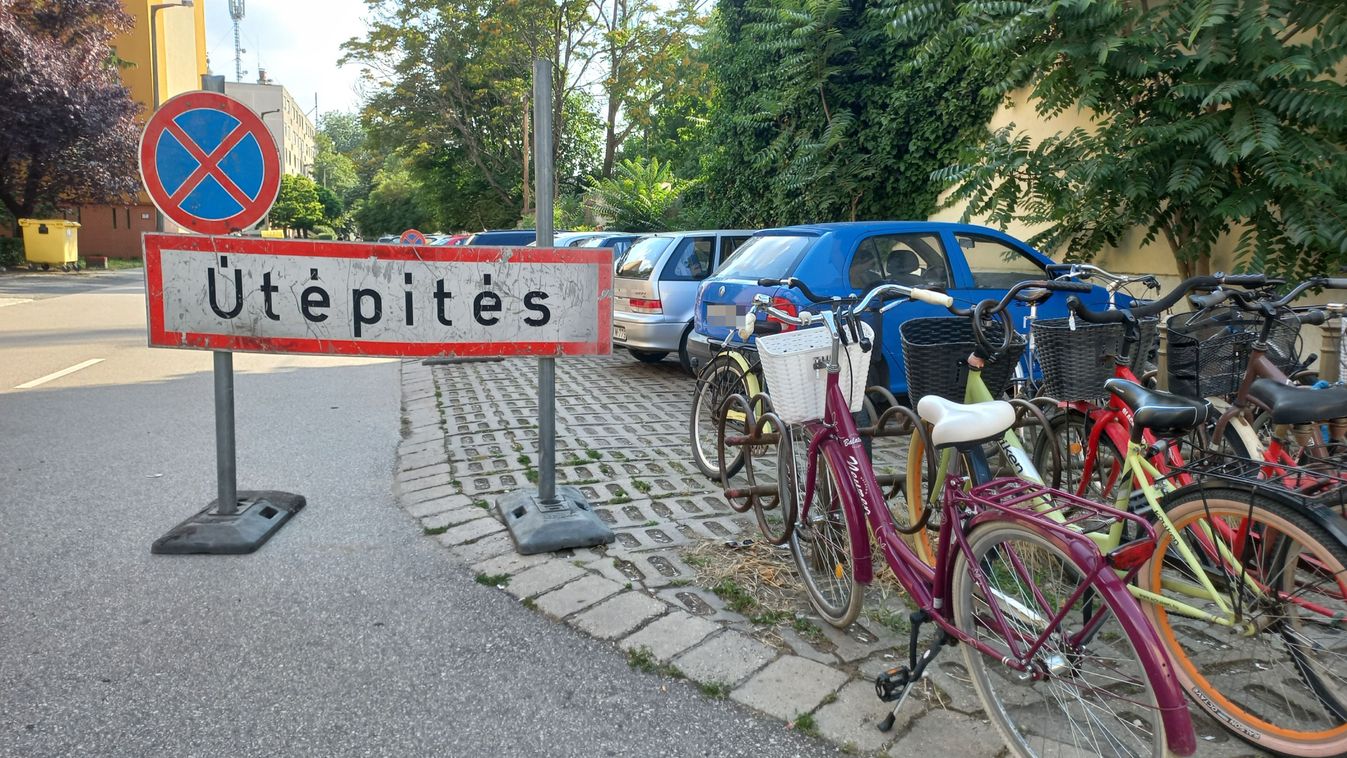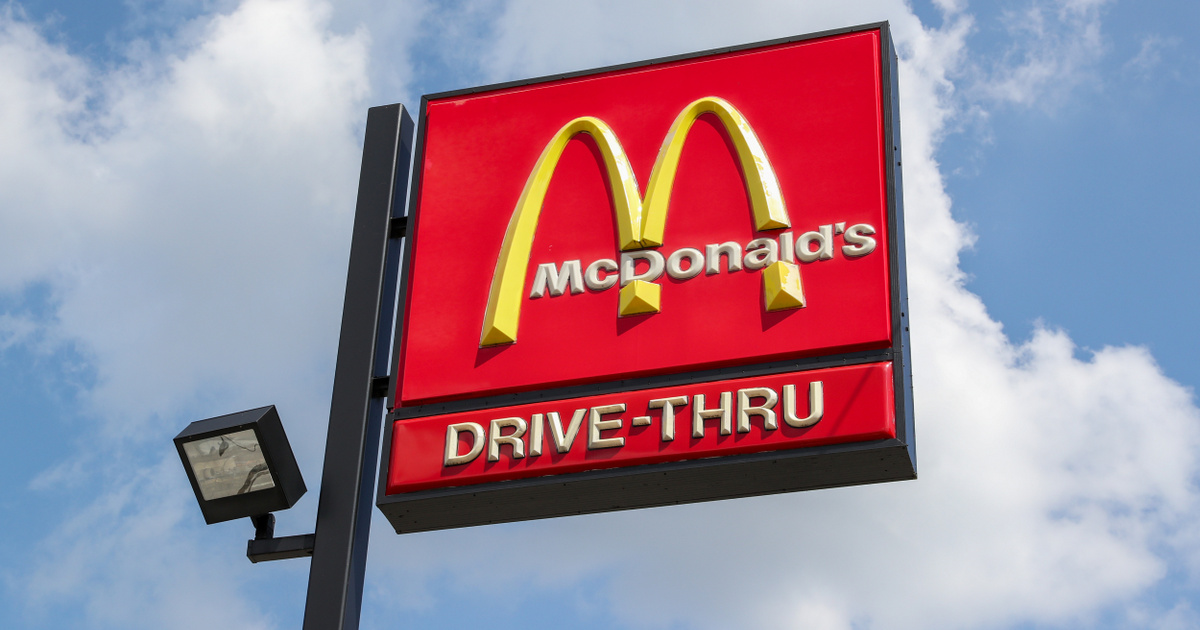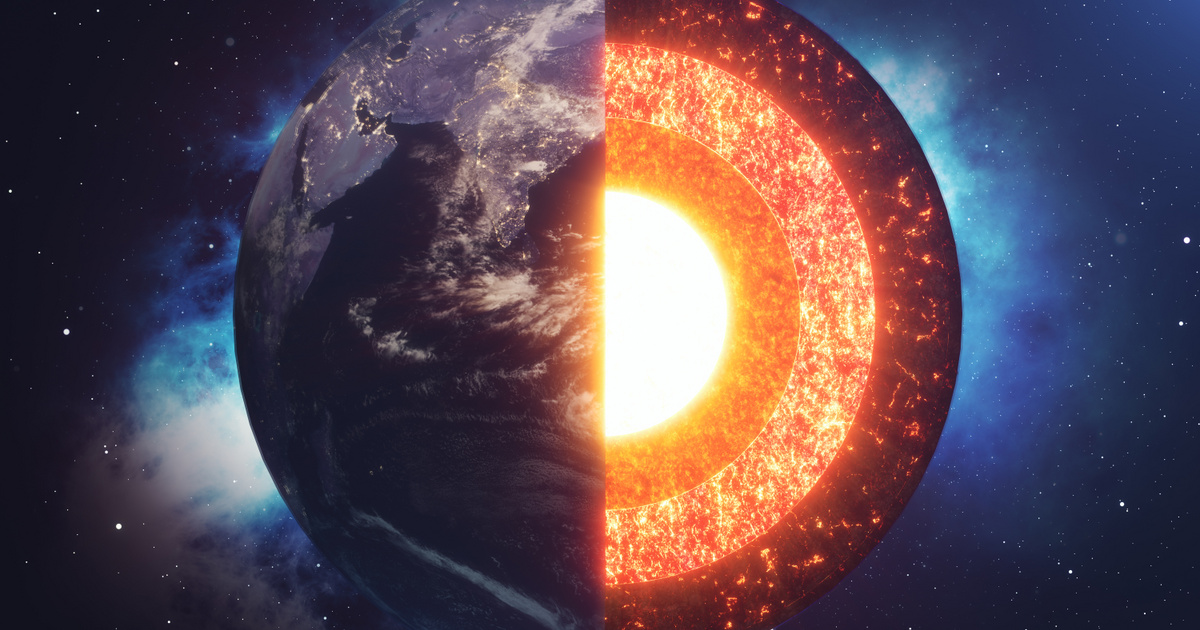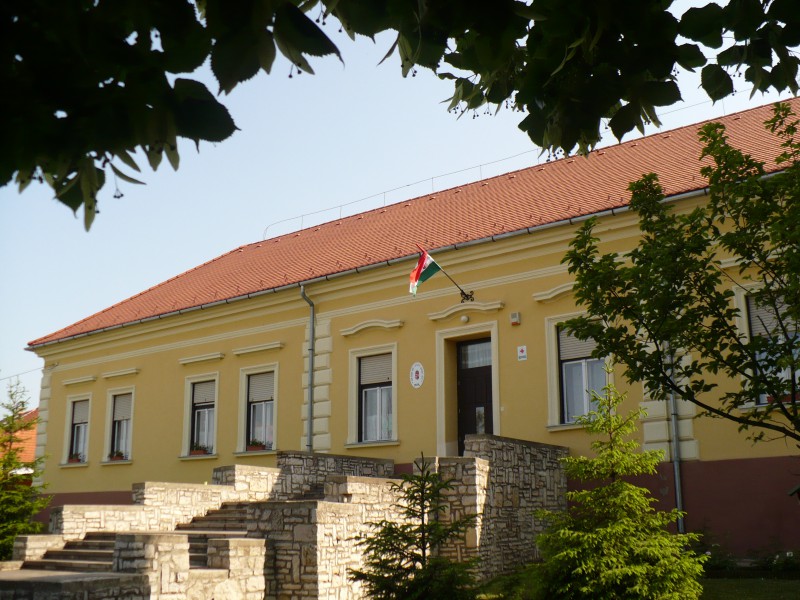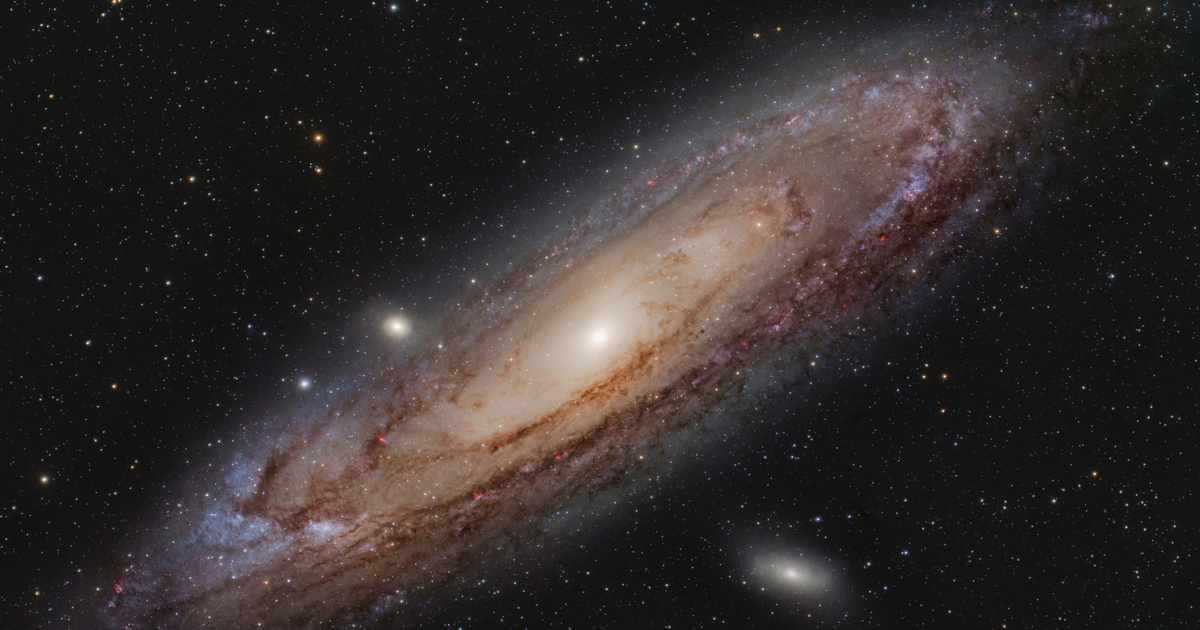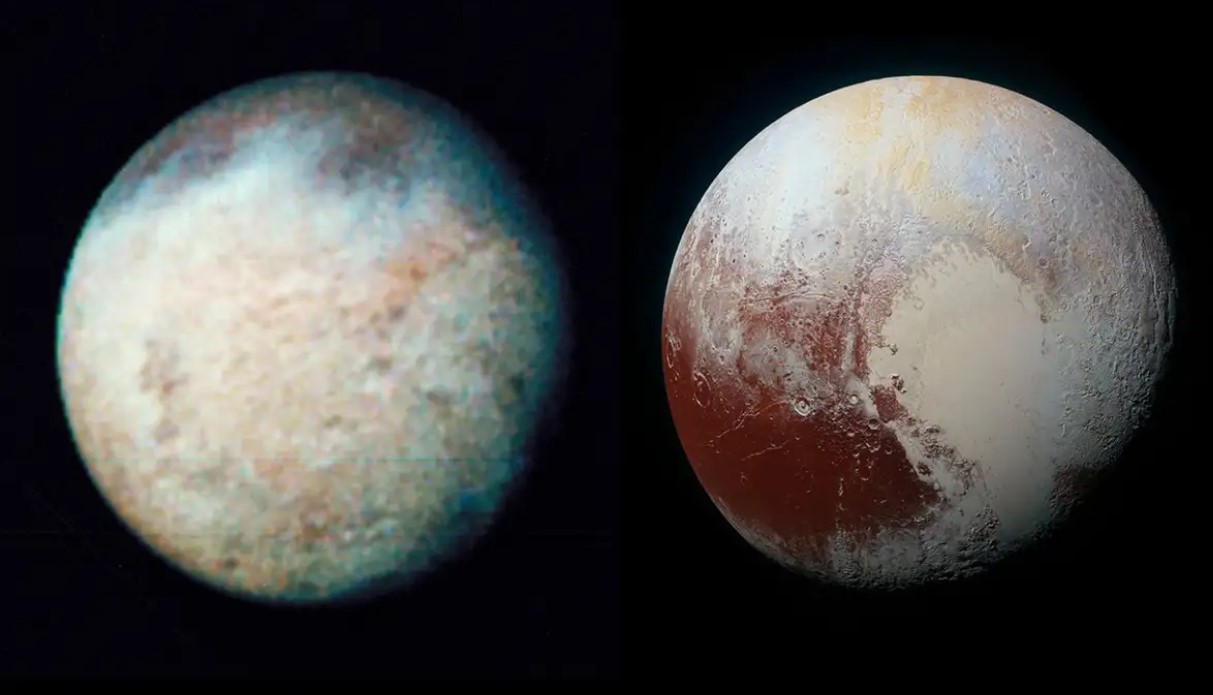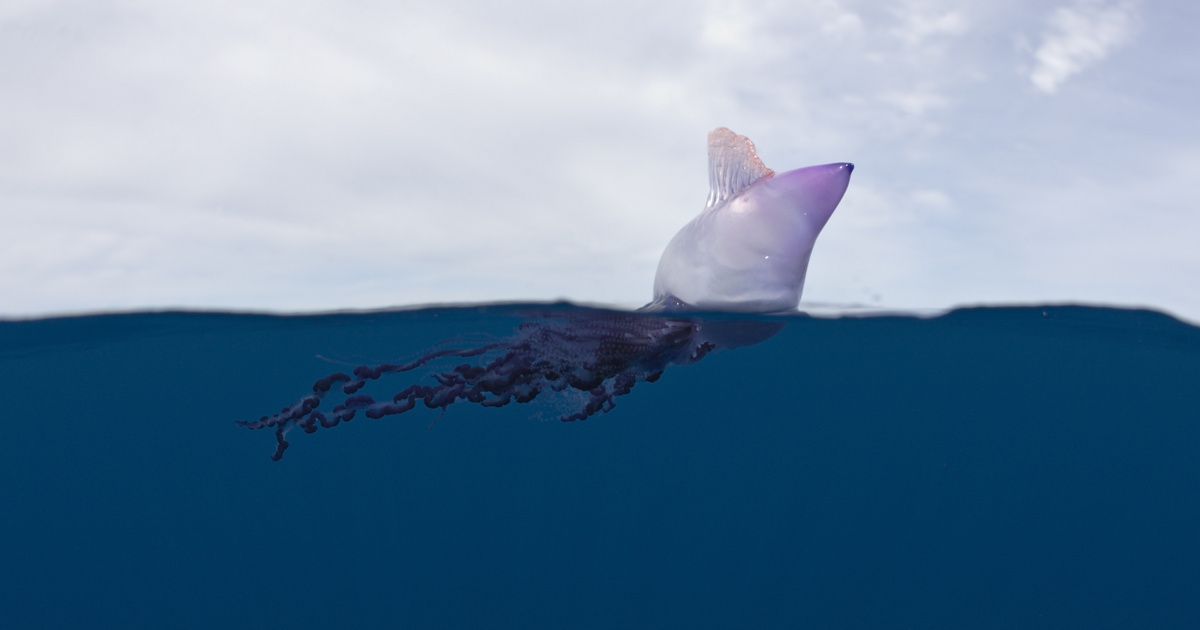A massive amount of samples of one of the world’s most dangerous colonial jellyfish, the Portuguese galley (Physalia physalis), are washed into the water in Australia.
Portuguese cuisine looks similar to a traditional jellyfish, but is actually a floating colony of microorganisms. Nettle cell poison can kill small fish and other prey,
In fact, in some cases it ends up being human.
According to jellyfish expert Lisa Ann Gershwin, Portuguese galleys have landed in “staggering numbers” in recent months due to warm weather in the states of New South Wales, Victoria, South Australia and Tasmania.
According to Gershwin, there is still so much to learn about the biology of these organisms that it is very difficult to trace their source and study them before the end of their life cycle. However, it is known that changes caused by global warming are likely to create a favorable environment for their reproduction, as Portuguese gallons and other jellyfish species have multiplied exponentially.
Each colony in Portuguese cuisine mainly consists of four small organisms of the same structure. Each has a separate physiological function, but they alone will not be viable. Their colonies, constituting a population group, float freely on the surface of the ocean. Each colony is “left-handed or right-handed,” as their gas blisters act as sails in one direction or the other. Thus, the winds of resurrection only sweep away a small number of colonies at a given time, and therefore not all the population is lost with a single gust of wind.
(via MTI)


